Implementation of 3D Modeling in Healthcare: A Detailed Report
VerifiedAdded on 2022/11/07
|5
|805
|335
Report
AI Summary
This report examines the innovative healthcare idea of using 3D models to enhance surgical procedures. It details the benefits, such as improved accuracy and pre-operative practice, and the strategies for implementation, including clear direction and staff training. The report also addresses potential risks, such as data security and technological errors, and identifies facilitators like the desire to improve patient care and barriers such as negative attitudes and lack of resources. References to relevant research articles support the analysis, providing a comprehensive overview of the practical and theoretical aspects of integrating 3D modeling into healthcare. The report underscores the potential of 3D modeling to revolutionize surgical practices by enhancing precision, reducing surgery time, and improving patient outcomes. Desklib provides access to this and other solved assignments and past papers to help students excel in their studies.
1 out of 5
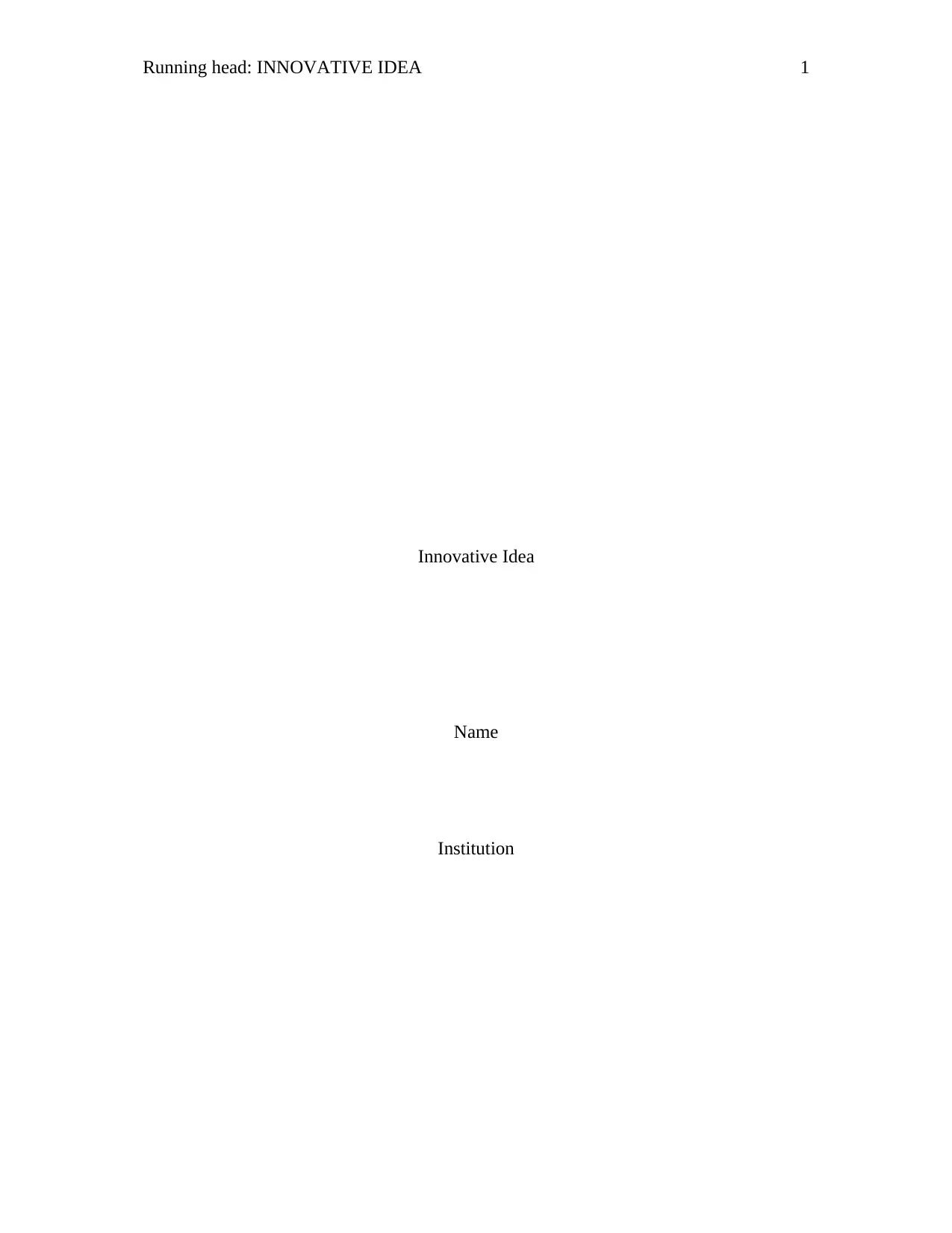
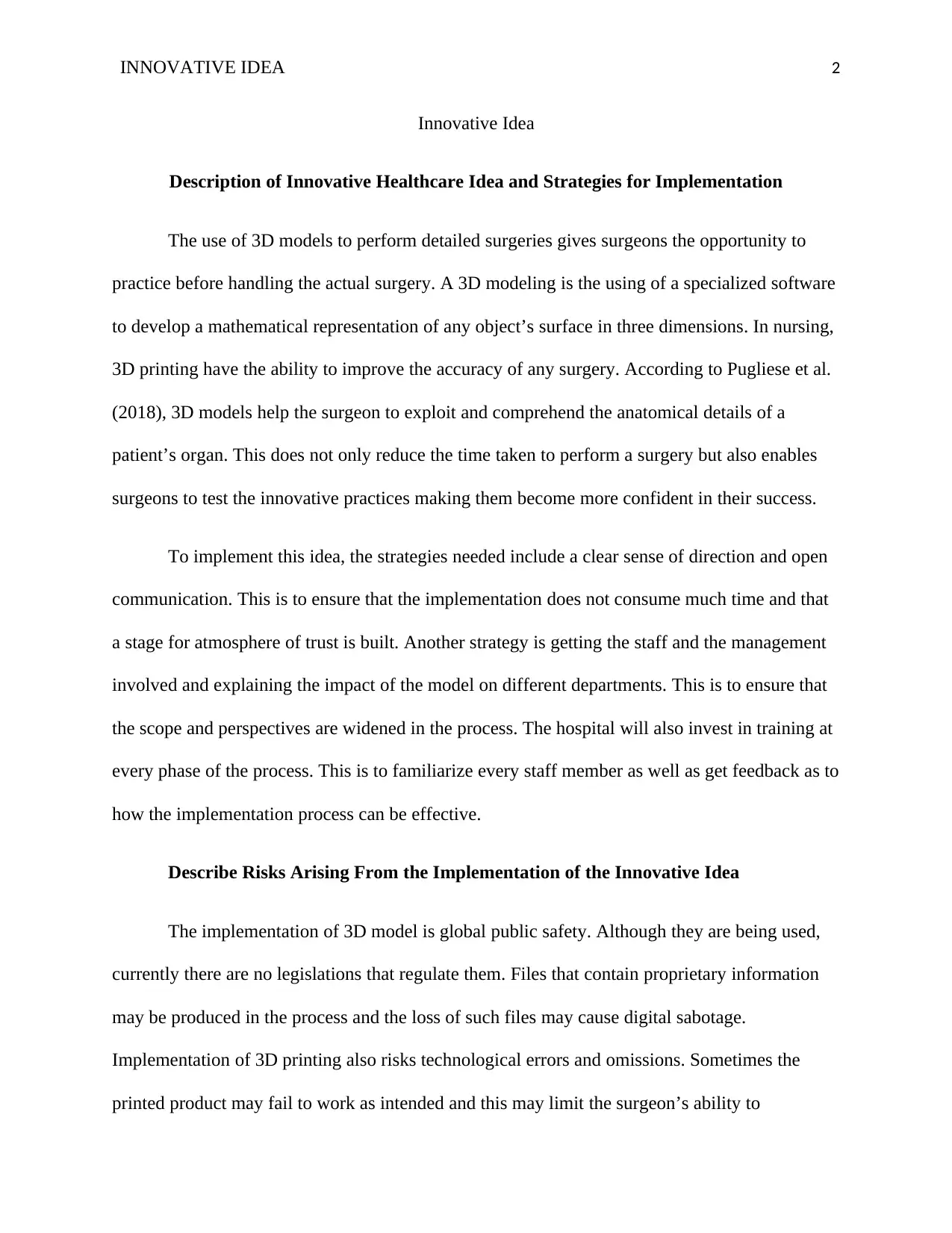
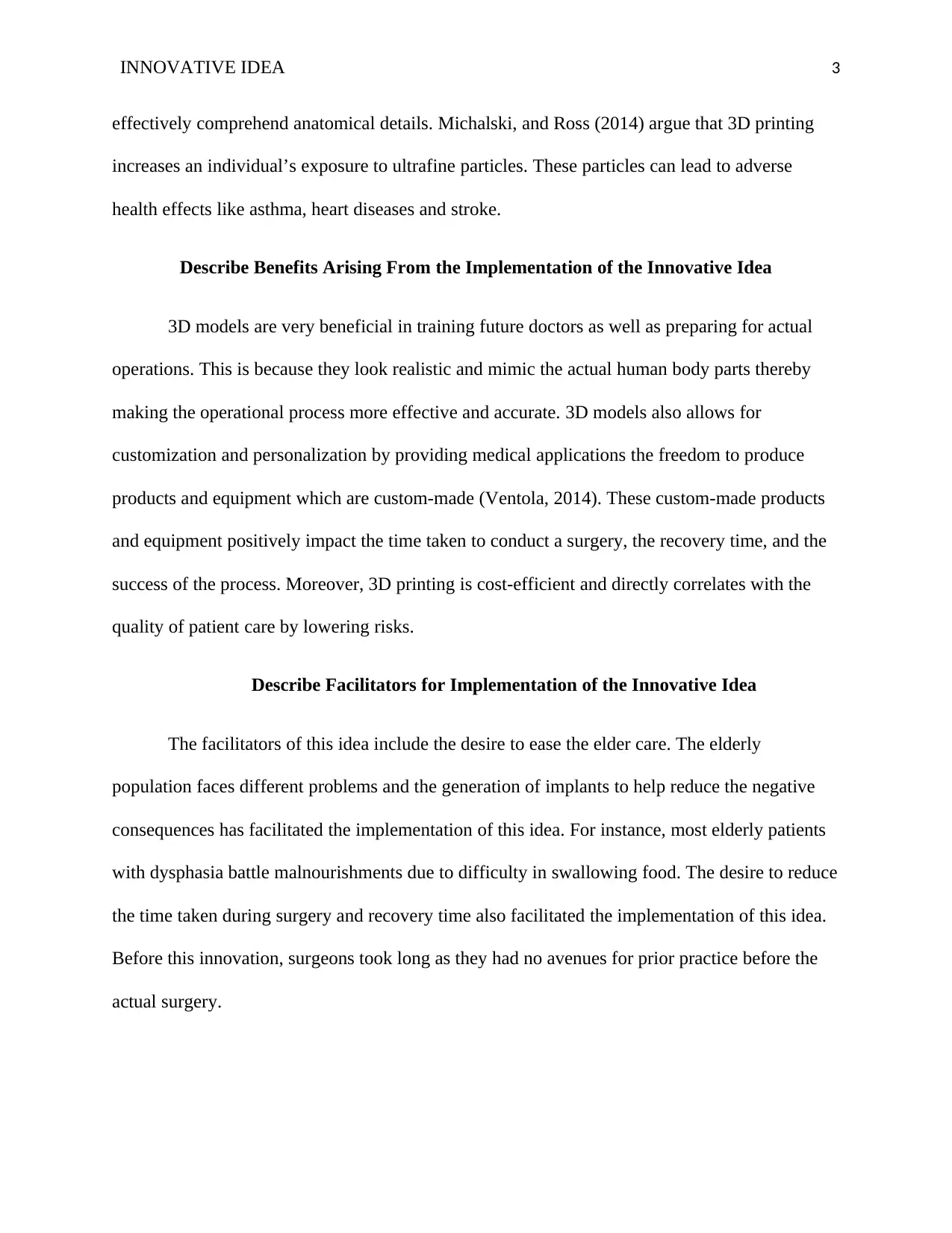

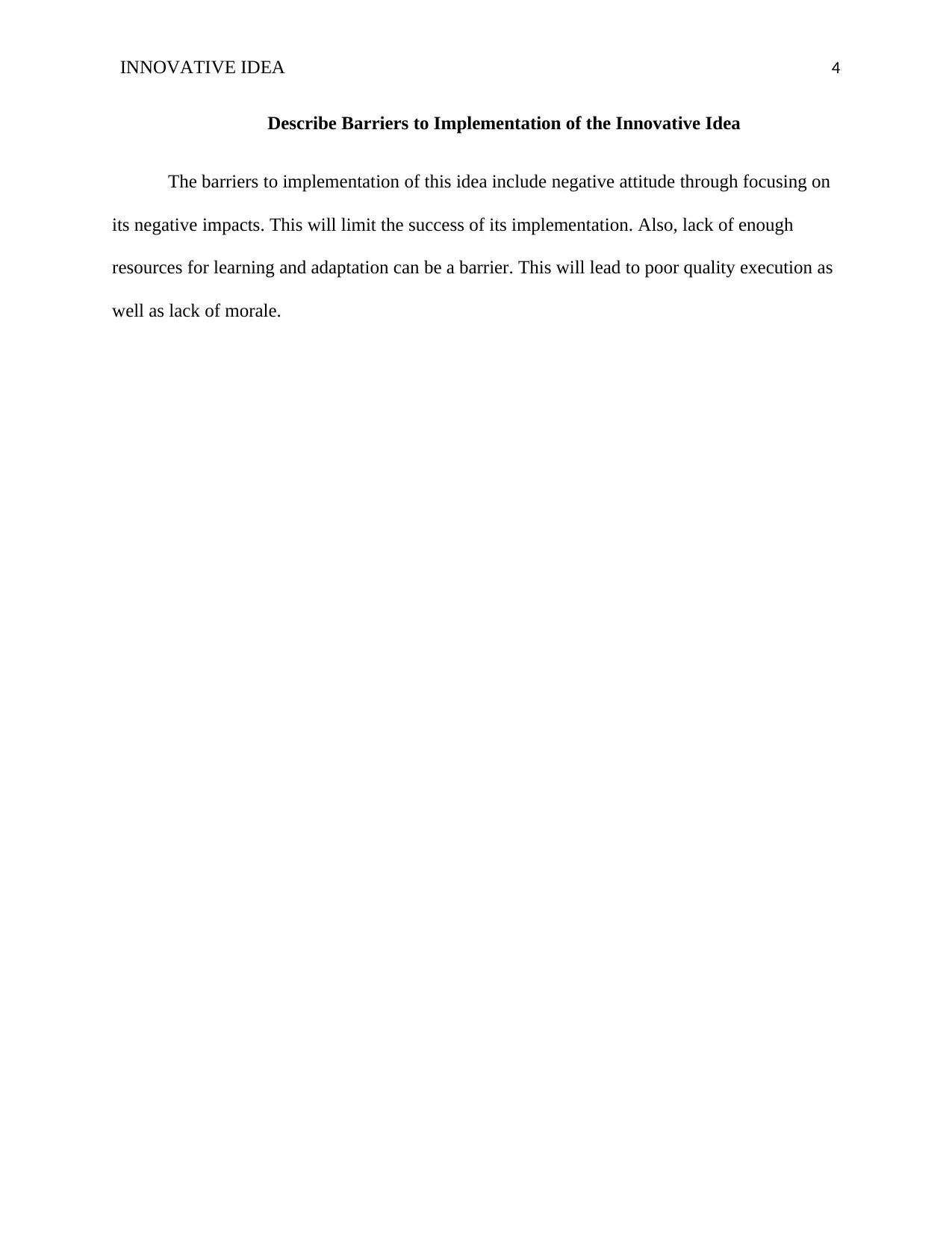
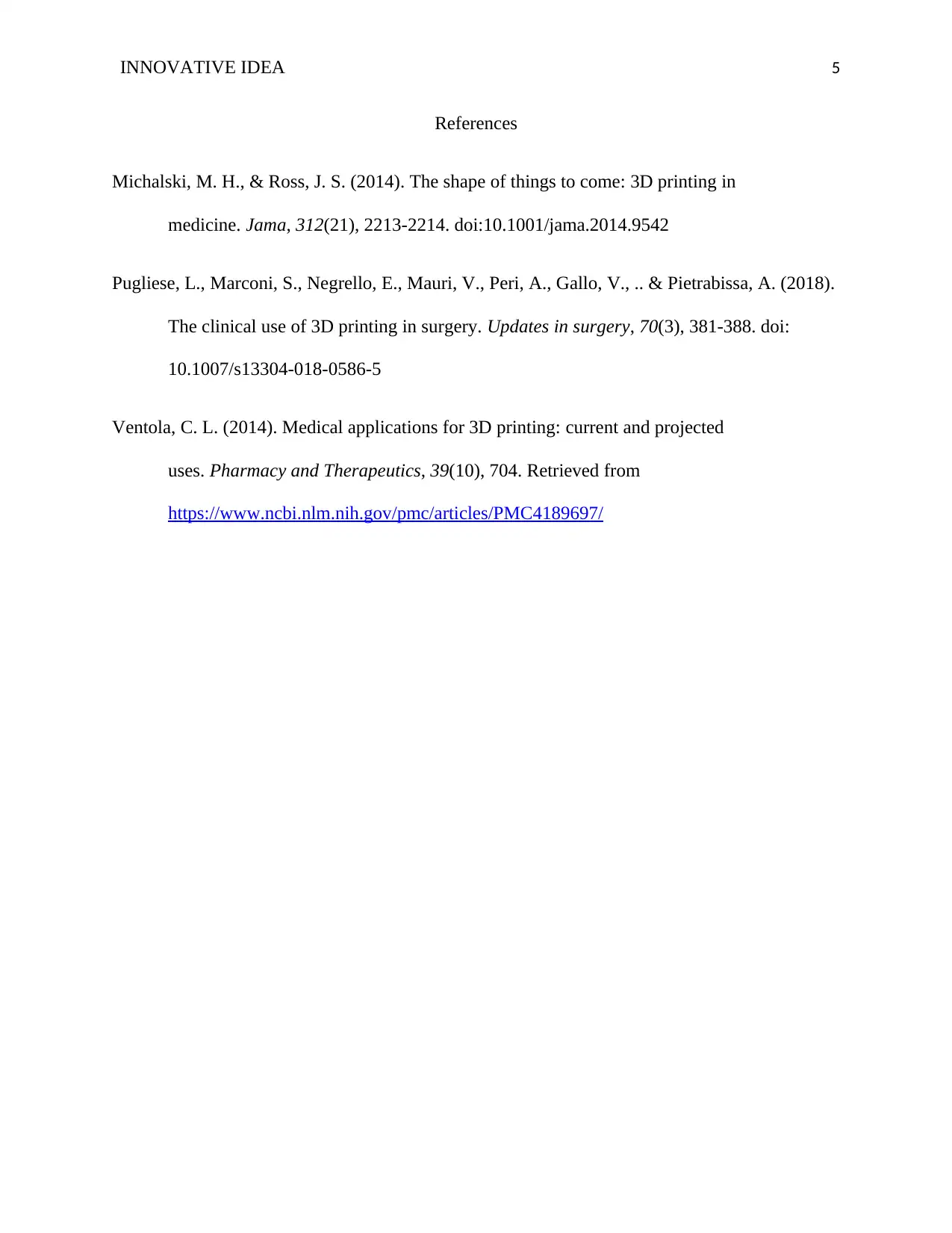

![[object Object]](/_next/static/media/star-bottom.7253800d.svg)